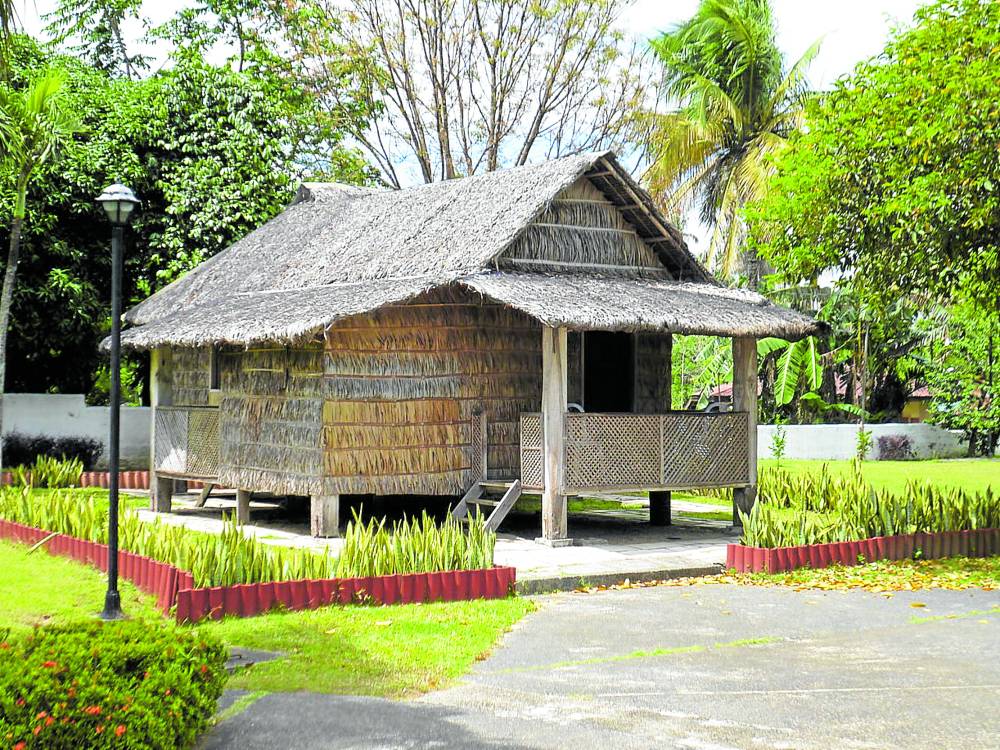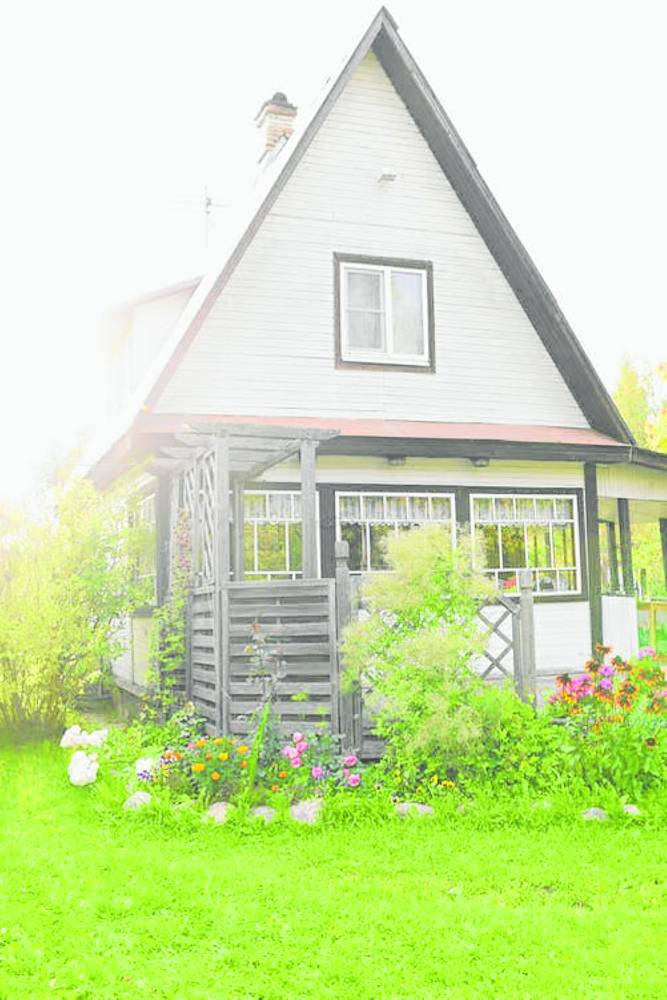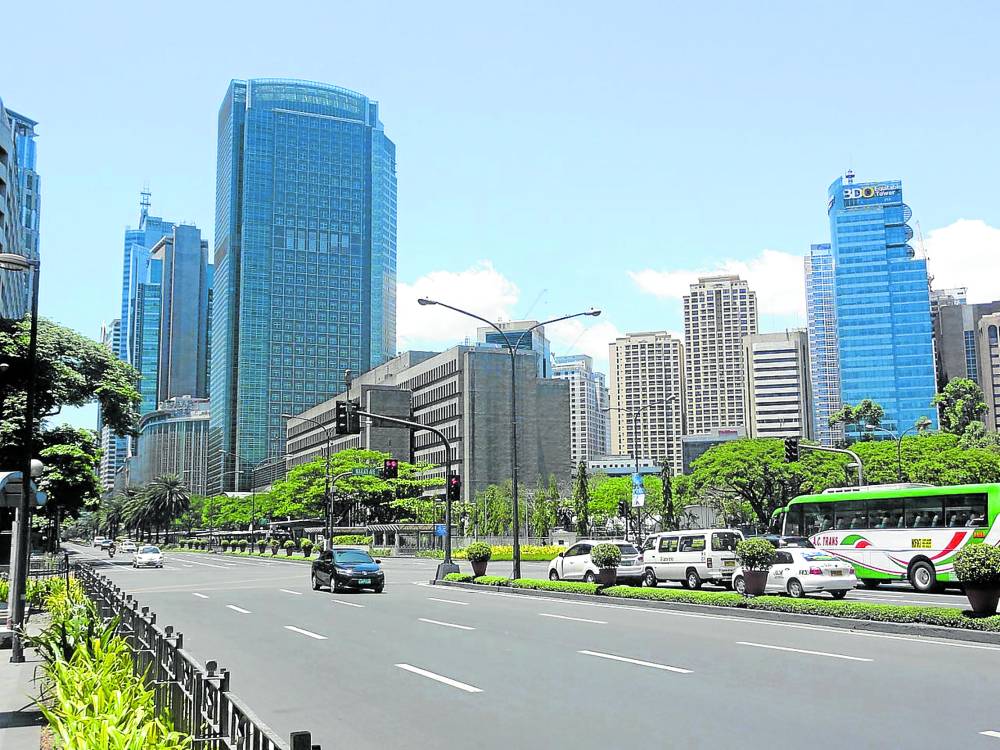The evolution of Philippine housing
Shelter has always been made to accommodate people. This is probably the reason why people, even if they found comfort in caves and huts in the past, continue to change their domestic environment.
Let’s take a look at how the Philippine home evolved from the iconic bahay kubo to the modern dwelling that it is today. A quick dive through the annals of Philippine architecture may likely allow us to determine the elements that shaped the way we live in the past. Perhaps in the process, we can also surmise where the industry is headed especially in the postpandemic era.
From the humble hut to a Japanese pagoda
More often than not, the bahay kubo is the first thing that comes to our minds whenever the subject of pre-colonial architecture is mentioned.
Not all early Filipinos, however, found comfort in the nipa-roofed house. Usually, the bahay kubo was built in lowland areas. People in other places built homes more responsive to their surroundings. The Ivatans had their limestone-walled home; the Bontoc had the steep hipped fayu; and the Maranao had the majestic torogan. These are just examples of homes which deviated from the traditional bahay kubo during pre-colonial times.
Upon the arrival of the Spaniards, the humble hut gradually evolved into the bahay na bato. Wealthy Filipinos began to build their homes with stone foundations and wooden upper floors. Coupled with capiz windows and clay tile roofs, these homes not only appeared elegant, but they were also built to last. Many of these continue to stand today, a lasting testament to a bygone era.
When the Americans came to our shores, they brought with them new ideas and ways of building. The chalet began to embody the ideal home. Localized as the “tsalet,” this type of house is best remembered for its sanitary elements. It was the first home to feature a toilet and kitchen with running water situated within the home. Comparable to a bungalow, it pushed for more hygienic communities in the Philippines in the wake of the cholera, smallpox and beriberi epidemics.
Article continues after this advertisementThe last of the foreign colonizers, the Japanese came to our country during the outbreak of World War II. While more structures were destroyed than built during these difficult times, one notable example stands out.
Article continues after this advertisementThe Ocampo Pagoda Mansion, built during the beginnings of the Japanese invasion of the Philippines, perfectly represents Japanese influences in our local architecture. Commissioned by the lawyer Jose Mariano Ocampo, it bore the distinctly Japanese curved gable roof layered on top of the other. While it was inspired by Oriental elements, it is often regarded as a fusion of Eastern and Western architecture. Due to its high quality reinforced concrete structure, it served as a bomb shelter for the Quiapo community during the worst days of the war.
The beginnings of modernization
After World War II, Filipinos began rebuilding their lives as well as their homes. Modernism became the norm, embodying the new and the clean. Houses were then built with reinforced concrete, glass walls and brise soleil screens in the ’50s and ’60s.
The post-war era also bore witness to the birth of high-rise buildings in the Philippines. While the first skyscrapers were commercial in nature, people eventually started to build multi-family homes above the ground. This became more in-demand with the rise of the Makati and Ortigas central business districts (CBDs). From 12 units in 1970, more than 3,300 condominium units were already built in 1980 (Bondoc, 2020).
Eventually, the CBDs became congested. People began to seek housing in the suburbs and city outskirts. The creation of high-end townships such as Rockwell Center and the Bonifacio Global CIty became a thing in the ’90s.
These townships gradually evolved into integrated communities which promoted the “live-work-play” lifestyle. Such areas featured housing, offices and entertainment centers in one curated estate. While they were primarily built with luxury and convenience in mind, these integrated communities became essential during the quarantines of the COVID-19 pandemic era.
The future of Philippine housing
Today, the Philippines has different kinds of homes available in the market. House and lots, apartments, condominiums—the average Juan has an array of homes to choose from.
Beyond shelter, however, the home today represents the lifestyle desired by its residents. Beyond typology, homes are now built to attract specific kind of residents—families, bachelors, busy yuppies and others. Just as before, shelters continue to be built to accommodate men and their needs, and not the other way around.
Philippine domestic architecture has come a long way from its traditional origins, but thankfully the idea of home remains true even in its modern form.
Sources: Ncca.gov.ph; Thephilippinestoday.com; Bondoc, Joey Roi. “Metro Manila Condo Market through the Decades”. Philippine Daily Inquirer. 07 March 2020; Iloilo Wanderer, Natty Domz, Patrick Roque via Wikimedia Commons; Ksenia Chernaya via Pexels.com



